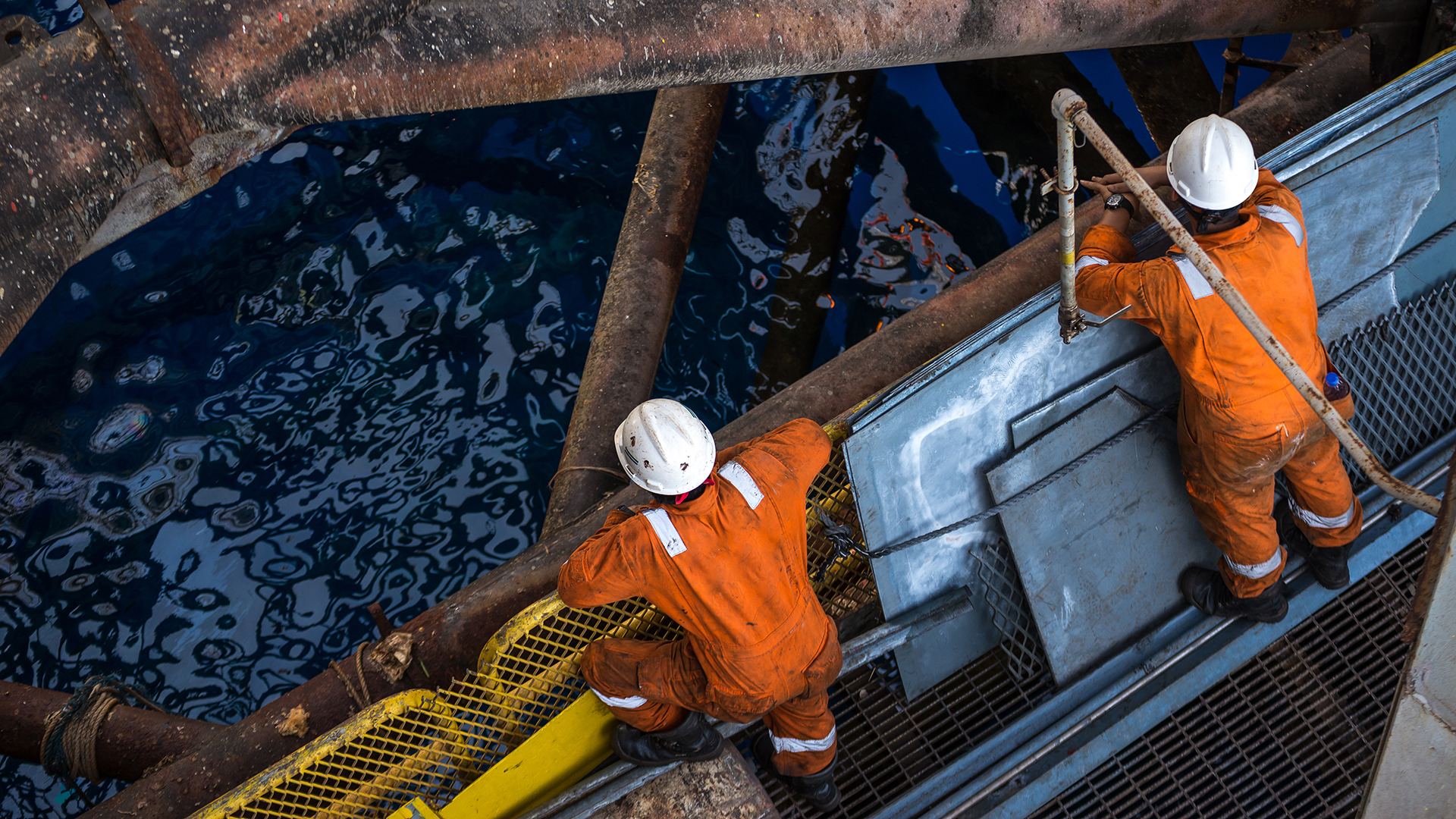
Publication
USPTO patent examination pilots: Recent changes
The USPTO has retooled its examination pilots, impacting nuanced filing strategy and timing.


United States | Publication | July 2022
On July 14, 2022, the US Occupational Safety and Health Administration (OSHA) announced another in its enhanced enforcement initiatives to protect workers from known industry hazards.
To stress the dangers in trenching and excavation work, OSHA will use “every available tool” to address how it will evaluate penalties for trenching and excavation-related incidents, specifically including potential criminal referrals to hold employers accountable when their acts or omissions result in worker injury or death.
OSHA noted that, in the first half of this year, 22 trench incident deaths occurred, far surpassing the total for all of 2021. A cubic yard of soil weighs as much as 3,000 pounds and can result in crush and suffocation in a collapse.
Consistent with its National Emphasis Program for excavations, OSHA states it intends to perform over 1,000 random trench inspections, at any excavation site in the country.
Trenching standards require protective systems on trenches deeper than five feet and soil and other materials kept at least two feet from the edge of a trench. Additionally, trenches must be inspected by a knowledgeable person, be free of standing water and atmospheric hazards and have a safe means of entering and exiting prior to allowing workers to enter.
OSHA’s On-Site Consultation Program will assist employers in developing strategic approaches to avoid trench-related workplace incidents. Its trenching and excavation webpage provides additional information on trenching hazards and solutions, including a safety video.

Publication
The USPTO has retooled its examination pilots, impacting nuanced filing strategy and timing.
Publication
Is a document production order issued by a foreign court sufficient to ground authorization by a Canadian securities commission to release relevant but confidential commission investigation records?
Subscribe and stay up to date with the latest legal news, information and events . . .
© Norton Rose Fulbright LLP 2025